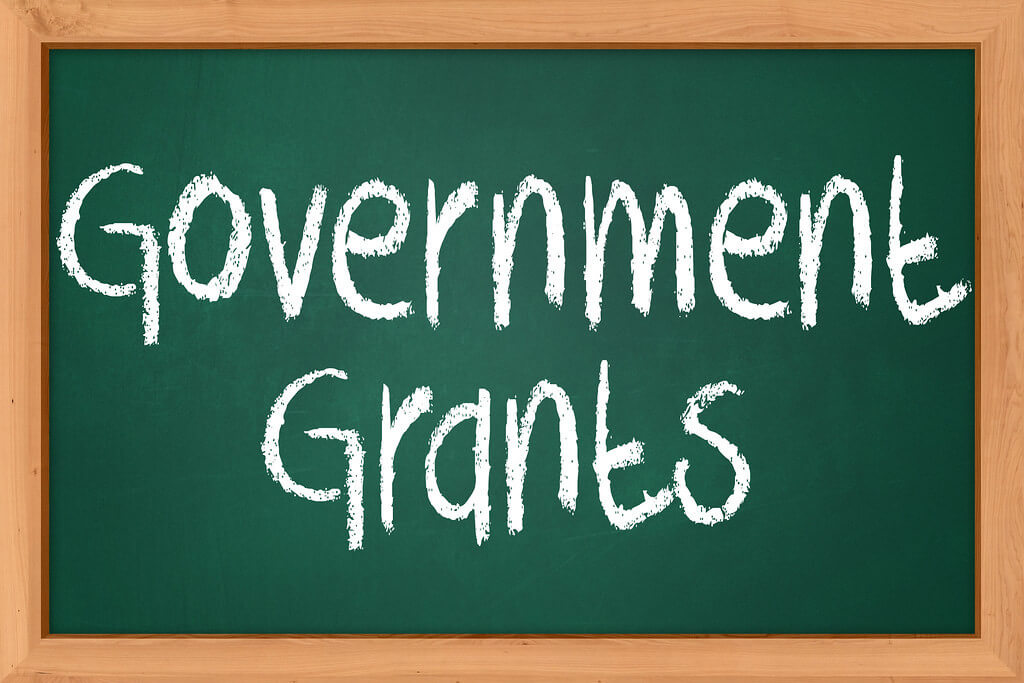Every single month, the government of South Africa hands out 17 million social grants. These grants are available for people of all ages, including those with disabilities and children. There are other countries in the Global South, such as Brazil, Ethiopia, and China, that have developed their versions of this comprehensive social protection system.
Some people in South Africa, as well as in other nations that have long-standing welfare systems, have the viewpoint that subsidies are a waste of money that should be spent elsewhere. They recommend that these funds be invested somewhere else to help accelerate economic growth and boost employment opportunities. However, a persuasive body of evidence demonstrates that individuals who obtain cash payments in many nations, including South Africa, experience substantial gains in terms of food security, health, educational attainment, and economic independence.
The purpose of this study was to investigate how recipients of social grants in an urban setting make use of those grants to produce revenue and enhance their living situations in the face of high poverty and joblessness rates. Beneficiaries of social grants in the research were found to be extremely hardworking and strategic. They started businesses and decided to invest the grant funds to boost their finances and better provide for the fundamental requirements of their families.
The Study in Question
By the World Bank, subsidies cover an estimated 10% of recipients’ utilization needs in low-income countries, 21% of recipients’ usage needs in lower-middle-income countries, and 37% of recipients’ consumption needs in upper-middle-income countries.
This is supported by the findings of our research, which testify to the reality that subsidies are not enough to keep a family afloat. The question that follows is how the recipients of grants are supposed to close the gap between their grant funding and their requirements. Previous studies have shown that transfer payments in remote regions are put toward the purchase of productive assets, as well as being used for saving and taking on debt.
In-depth interviews were carried out with seventeen people who had benefited from the grant using a storytelling research method. According to the findings of our study, several recipients were actively working to improve their standard of living. These individuals were awarded grant funding at the rate of 25% of the total in Doornkop, Soweto.
The neighborhood on the periphery of Johannesburg is characterized by high rates of poverty, joblessness, people living off of government assistance, and other unofficial means of making money. Between April and July 2017, each attendee has been questioned a total of 3 times. The respondents represented a wide range of demographics in terms of gender, age, amount of funds collected, and types of grants received. The majority of respondents had completed at least some of their secondary schooling.
What We Discovered
According to the findings of our study, many recipients of grants put in a lot of effort to ensure that their funding went as far as possible. Our interviews revealed that the people we spoke to were conscientious, self-disciplined, and diligent individuals who were concerned about the well-being of their families and communities. They made use of their efforts, skills, and the resources that were available to them to get through the daily struggles of joblessness and poverty.
Participants in this study typically did not have any previous sources of income, and they utilized the grant funds in a variety of creative ways. They utilized the grants as a source of capital to launch and maintain their companies. To make a living, they relied on their social networking sites, as well as their skills and expertise and the homes they owned. They also invested in future means of subsistence by doing things like paying for a child’s education. The participants were involved in thirty different ways of making a living, which can be categorized as follows:
- Transactions involving the purchase and sale of cigarettes, snacks, garments, fruit, and veggies.
- Offering a variety of services including landscaping, shoe repair, construction, painting, recycling, and alternative forms of healing.
- Taking part in a type of gambling, most commonly a game known as fahfeeh, which focuses on numbers.
The majority of grant recipients who were interviewed ran multiple micro businesses to generate revenue, and the main motivation behind their efforts was to lift themselves out of poverty. Participants sometimes characterized themselves as collaborators who partnered with the government to make their lives better.
The dependability of social funding was essential for all of our respondents to effectively manage their working capital and strategize for their organizational requirements. Those who were awarded larger grants put their money into activities that produced higher returns on investment. The second significant finding is that we now have a better understanding of what factors contribute to the success of township economies and the characteristics of local business owners. These business owners tend to be middle-aged or older women who have earned the respect of their neighbors.
Improving Lives
In conclusion, the findings of our study revealed that engaging in activities that generated income frequently led to an improvement in housing conditions. According to the words of one of the participants, “Living has become easier.” We approximated that these various other forms of making a living would bring in an additional R2000 per month on average for a household.
Overall, our participants had sufficient funds to cover their fundamental requirements, which included securing adequate nutrition and clothing, procuring school uniforms, making necessary improvements to their homes, and gaining access to educational and medical services.
We also discovered that as a result of the activities that led to the generation of income, they reported improvements in their mental well-being, including feelings of pride, increased confidence, and happiness. The stories of those who benefited from grants demonstrated how grants and activities that generated income worked together just to boost the economy of the township.
Suggestions
According to the findings of our research, subsidies are not sufficient to lift individuals out of poverty. Even though our participants increased their revenue and migrated above the poverty level for food, they continued to fall below the overall poverty line.
Importantly, we think that monetary aid from the government should only be one component of a comprehensive plan to alleviate poverty. If grants were combined with other forms of support for livelihoods, like microfinance programs that teach impoverished people both financial and productive skills, the outcomes for sustainable livelihoods would be significantly improved. We also argue that there should be a dual strategy employed when formulating public policy. It should recognize personal sovereignty as a framework for transformation, while also reinforcing the impact of current policies aimed at removing the obstacles to constructing profit activities.
In conclusion, we suggest supplementary interventions such as financial inclusion initiatives within urban settlements to endorse already established grassroots projects aimed at reducing poverty and establishing sustainable economies in townships. In the context of increasing unemployment levels in South Africa, these strategies are required to assist individuals in their endeavors, no matter how inconspicuous they may be, to improve their circumstances.




